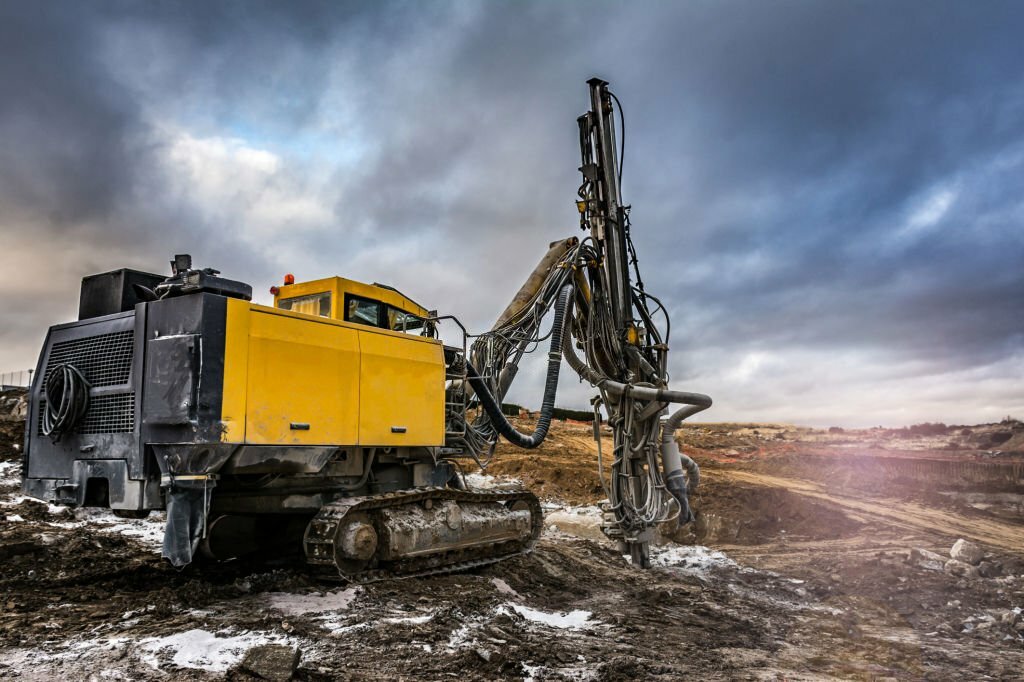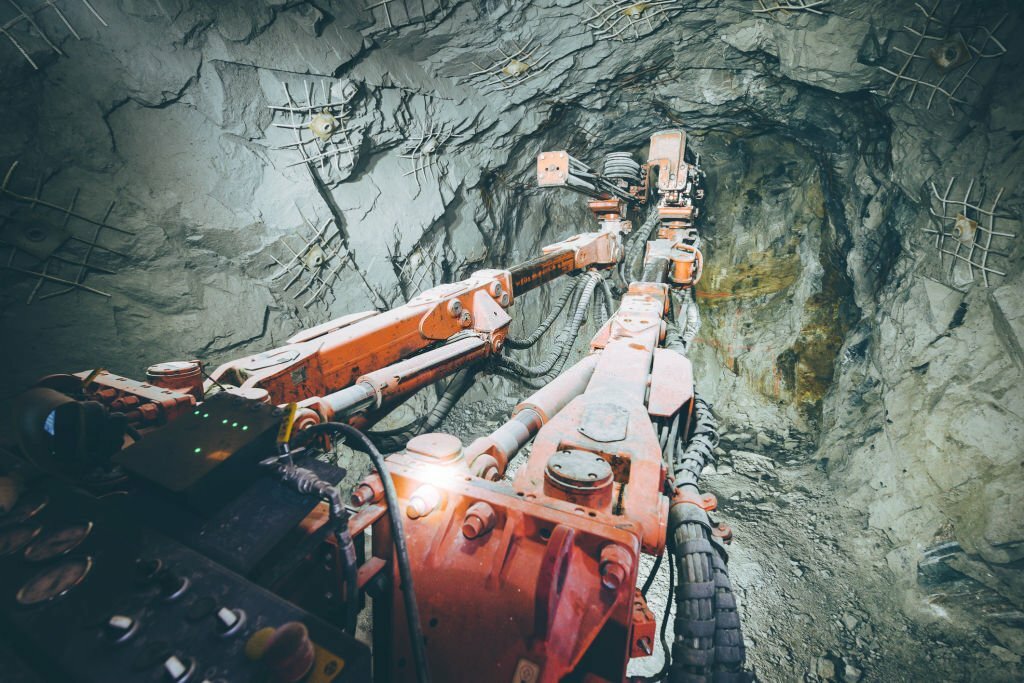
Introduction:
At the forefront of industrial development, the heavy equipment sector is a linchpin, dependent on the seamless synergy between efficiency and safety within its machinery. Central to this intricate balance are mining drills—robust machines designed to penetrate the earth and extract invaluable resources. This article embarks on an exploration of the intricate regulatory framework and standards that meticulously oversee the operations of these mining drills. These regulations, carefully crafted and enforced, are pivotal in guaranteeing not only the safety of those operating the equipment but also in fostering environmentally responsible practices. As we navigate the labyrinth of standards, it becomes apparent that the heavy equipment sector’s commitment to regulatory adherence ensures a harmonious blend of progress, safety, and environmental stewardship, shaping the industry into a model of sustainable and responsible growth.
Safety First: Regulations Driving Mining Drill Standards
Safety is paramount in the heavy equipment sector, and mining drills are no exception. Regulatory bodies worldwide have established stringent guidelines to safeguard workers and minimize the risk of accidents. These regulations cover various aspects, including equipment design, operator training, and maintenance protocols.

Occupational Safety and Health Administration (OSHA): In the United States, OSHA sets forth guidelines ensuring the safe operation of mining drills. These include requirements for protective measures such as guarding moving parts, emergency shutdown procedures, and operator training programs.
International Standards Organization (ISO): The ISO has developed international standards that provide a framework for the design, testing, and operation of mining drills. Compliance with ISO standards ensures a level of consistency and safety across borders, benefiting both workers and manufacturers.
Environmental Compliance: Mitigating the Ecological Footprint

Mining, a fundamental economic activity, leaves an indelible mark on the environment, particularly through drilling operations. Acknowledging the profound ecological implications, regulatory bodies and industry associations have diligently crafted standards aimed at mitigating environmental harm caused by mining activities. Compliance with these standards necessitates the incorporation of cutting-edge technologies and sustainable practices to curtail the environmental footprint of mining drills.
In the United States, the Environmental Protection Agency (EPA) assumes a pivotal role in this endeavor, specifically addressing air emissions emanating from heavy equipment, including mining drills. Stringent emissions standards imposed by the EPA serve as a catalyst for manufacturers to innovate, pushing the boundaries of cleaner and more efficient technologies. This regulatory framework not only safeguards air quality but propels the industry towards sustainable practices. As manufacturers embrace these standards, the mining sector undergoes a transformative shift, harmonizing productivity with environmental responsibility, and fostering a landscape where mining drills become not just instruments of resource extraction but also beacons of environmentally conscious progress.
Industry Benchmarks: Driving Excellence in Performance
In addition to meeting regulatory standards, the heavy equipment sector, encompassing the realm of mining drills, places a strong emphasis on exceeding industry benchmarks. These benchmarks, meticulously defined through collaborative endeavors within the sector, serve as guiding principles for achieving excellence in performance, efficiency, and sustainability.

At the forefront of establishing and promoting these benchmarks are influential mining industry associations, notably the International Council on Mining and Metals (ICMM) and the National Mining Association (NMA). These organizations play a pivotal role in creating a framework that extends beyond legal requirements. Covering diverse facets, these benchmarks encapsulate not only equipment reliability but also emphasize the cultivation of responsible mining practices. By adhering to these industry benchmarks, companies not only position themselves as leaders in their field but also contribute to an elevated standard for the entire heavy equipment sector. This commitment to excellence ensures that mining drills, integral to resource extraction, evolve not just as powerful tools but as contributors to a sustainable and ethically driven future for the industry.
Conclusion:
Navigating the Regulatory Landscape In conclusion, the world of mining drills in the heavy equipment sector is tightly regulated to ensure the safety of workers, minimize environmental impact, and drive performance excellence. Understanding and adhering to these regulations and industry benchmarks is not only a legal requirement but also a commitment to the sustainable and responsible advancement of the heavy equipment industry. As technology evolves and awareness of environmental and safety concerns grows, these regulations will continue to shape the future of mining drills and the broader heavy equipment sector.

